POLLUTIONS INVISIBLES PIM: Investigating the Practices and Constraints of Professionals When it Comes to ‘Invisible’ Water Pollution

In June 2024, as part of the ‘ Pollutions invisibles’ joint interdisciplinary project (PIM), a group of Master’s students from UBO, UBS, ENSTA Bretagne and IMT-Atlantique studied the practices and constraints of professionals in regard to ‘invisible’ water pollution.
The coastline is exposed to intense anthropogenic and climatic pressure, making ecosystems more fragile. Some estuaries have been severely damaged by urban, industrial, agricultural and aquaculture waste. While the effects on higher organisms have been widely documented, the impact of pollution on the microbiota (all the micro-organisms that colonise a particular environment) present in estuaries is still under-studied.
Although they are invisible, these micro-organisms are very abundant and essential to the good health of ecosystems and the organisms they colonise (e.g. molluscs, fish). Disrupted by various pollutants (faecal pollution, drug residues, heavy metals, biocides, etc.), they are likely to be modified (dysbiosis) and could become pools of antibiotic resistance genes. These genes are likely to pass from one environment to another via different mechanisms and could then be found in pathogenic bacteria and/or human microbiota.
“What do you know about microbiota?”
“Do you think you know all forms of pollution?”
“Why are they essential to our health?“
“What can be done to reduce
these pollutions?”
“How can we protect them?“
“Where do they come from?“
Through meetings and interviews with local professionals (researchers from the ISblue Maresistome project and those involved in water quality and human and animal health) and visits to the coastline, the participants analysed the practices and constraints of local players. In this way, they helped to identify the various sources of ‘invisible’ pollution and the ways in which antibiotic resistance is spread. The students then presented the PIM in a theatrical format, highlighting the different points of view of the stakeholders.
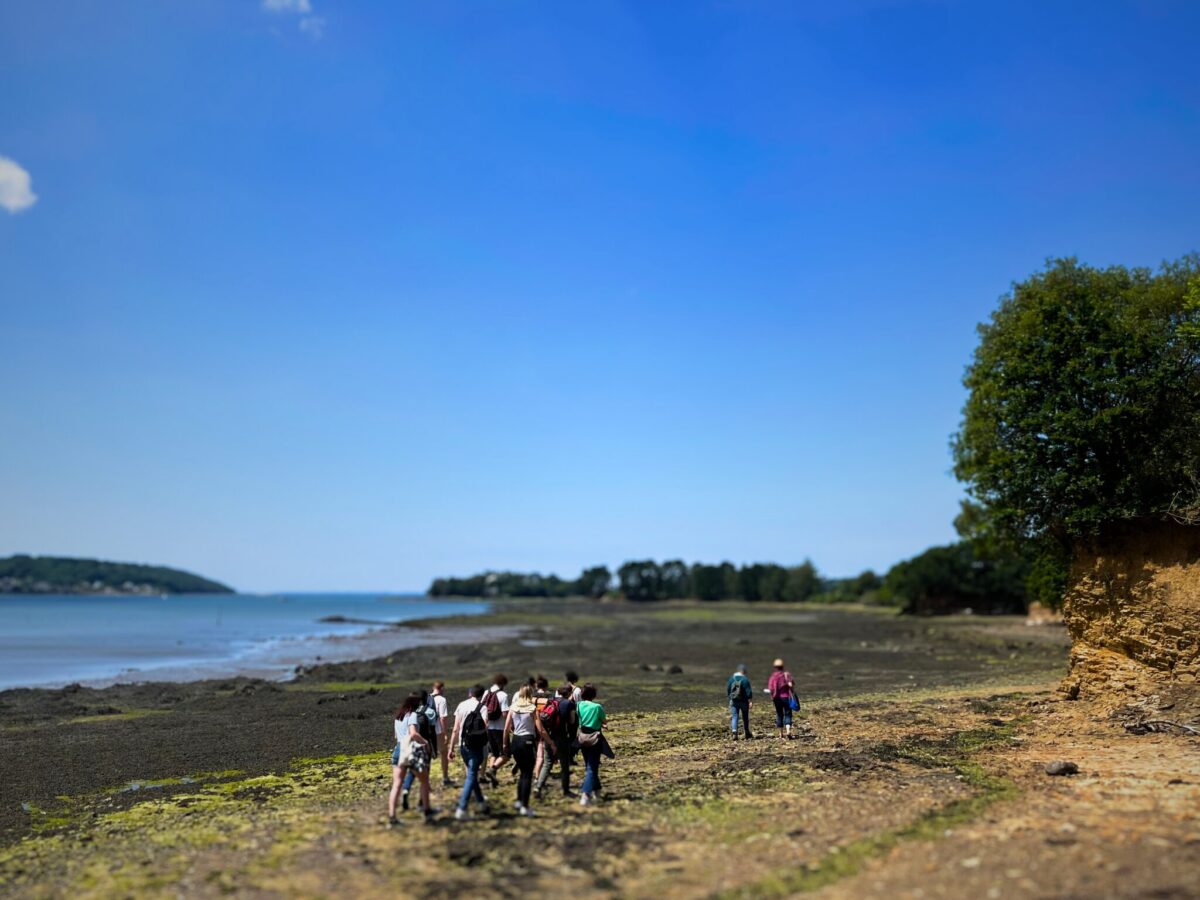
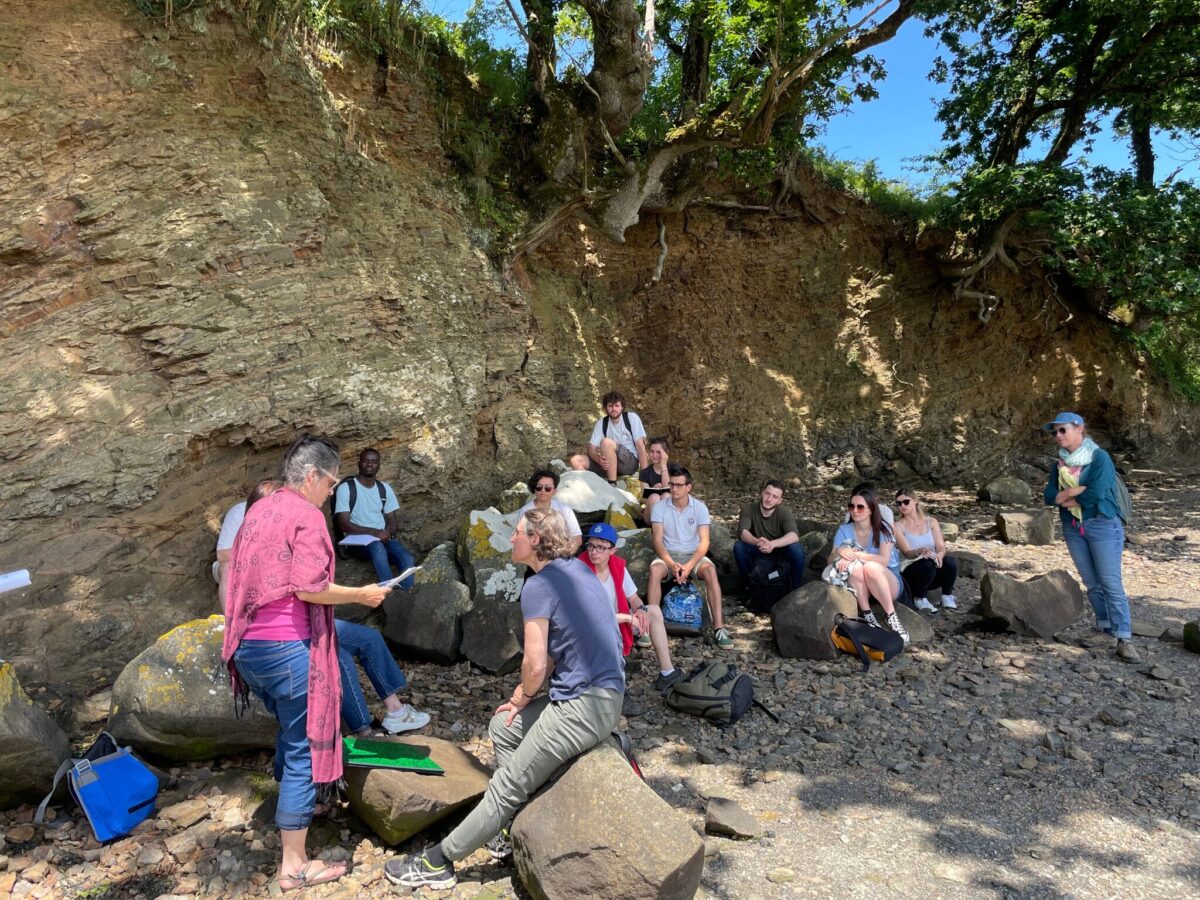
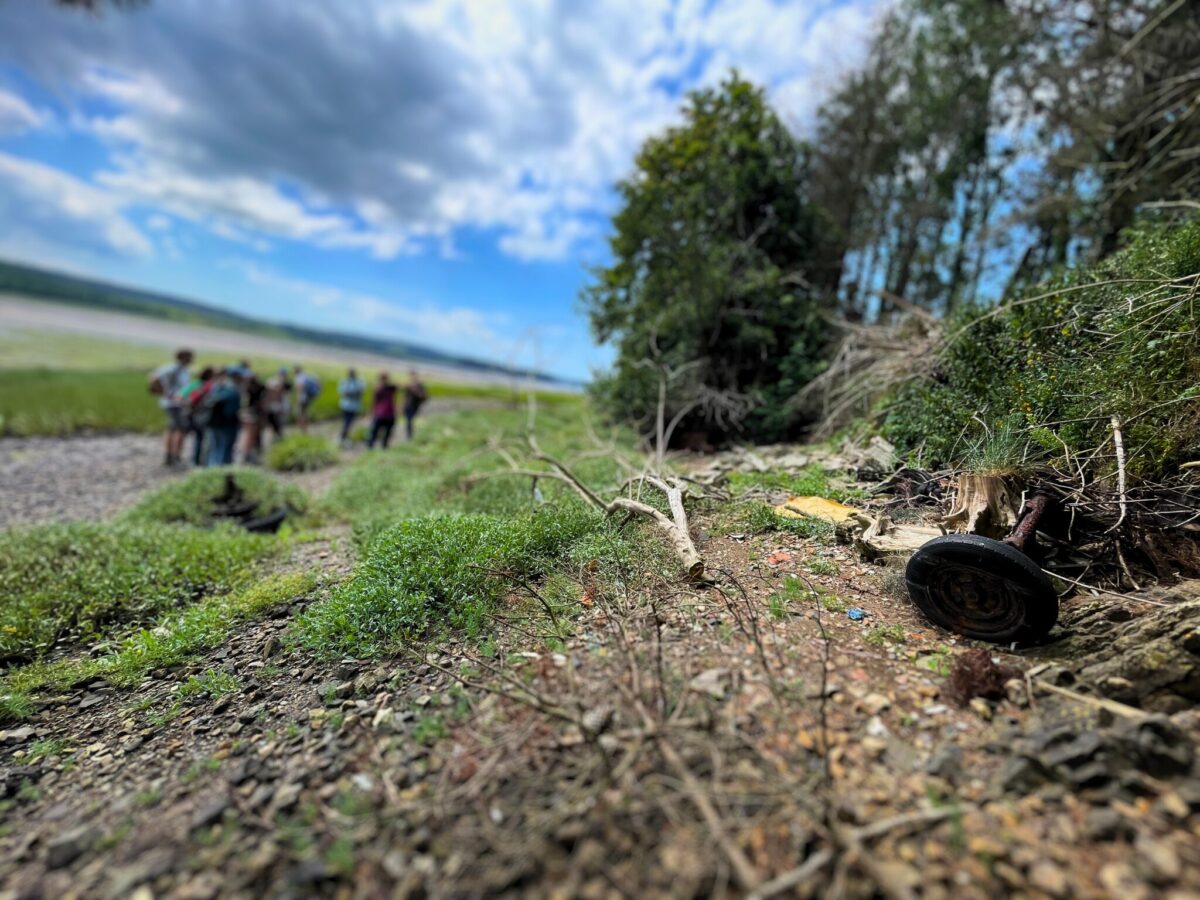
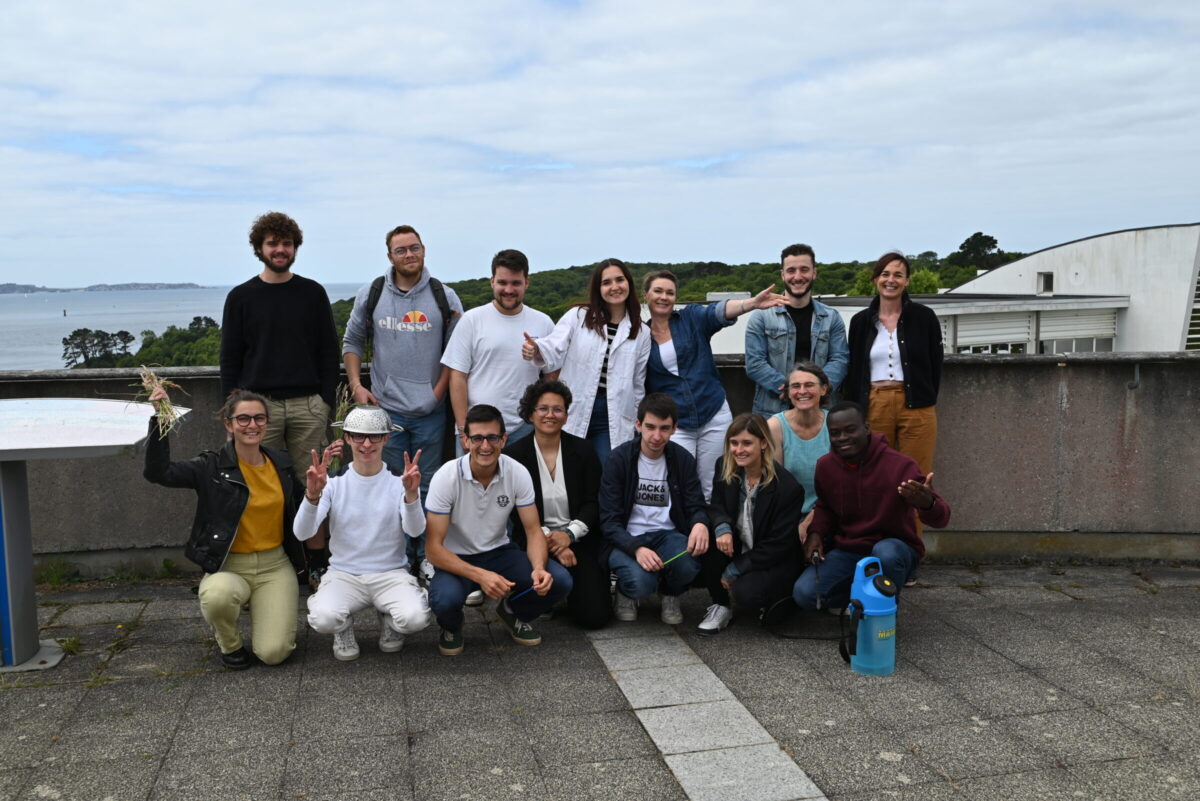
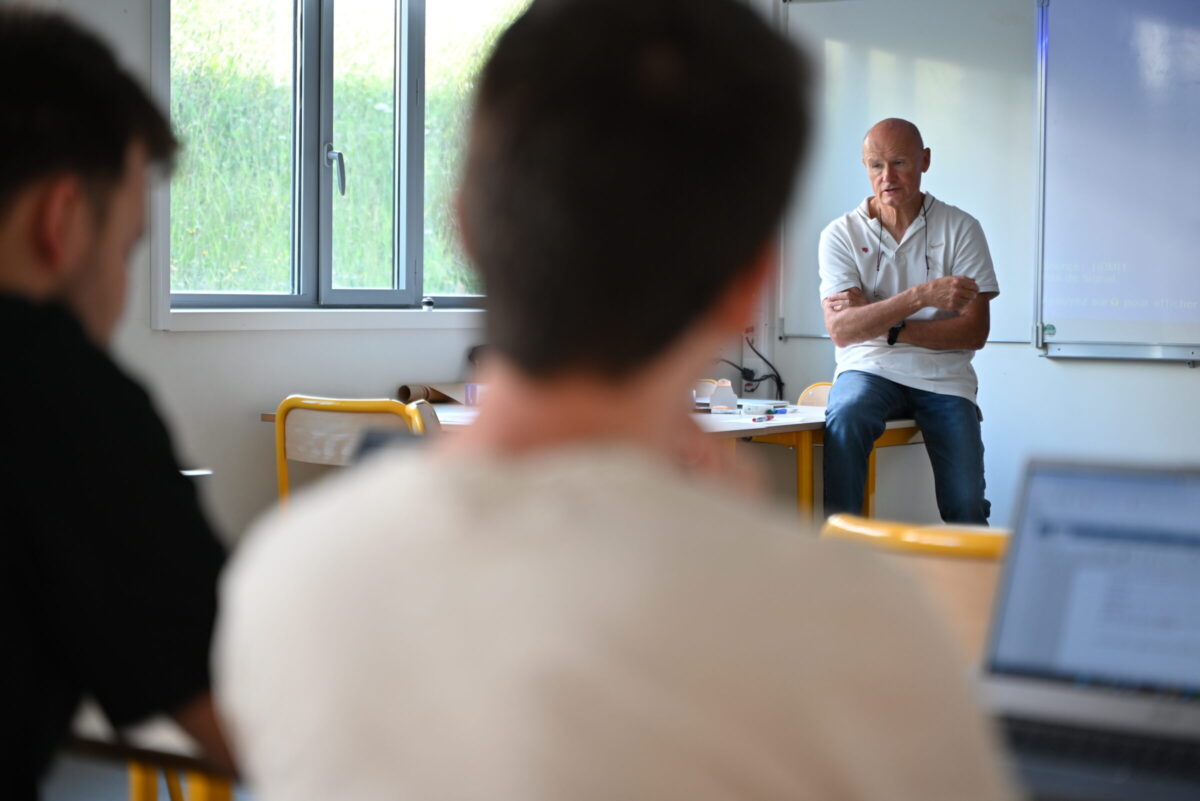
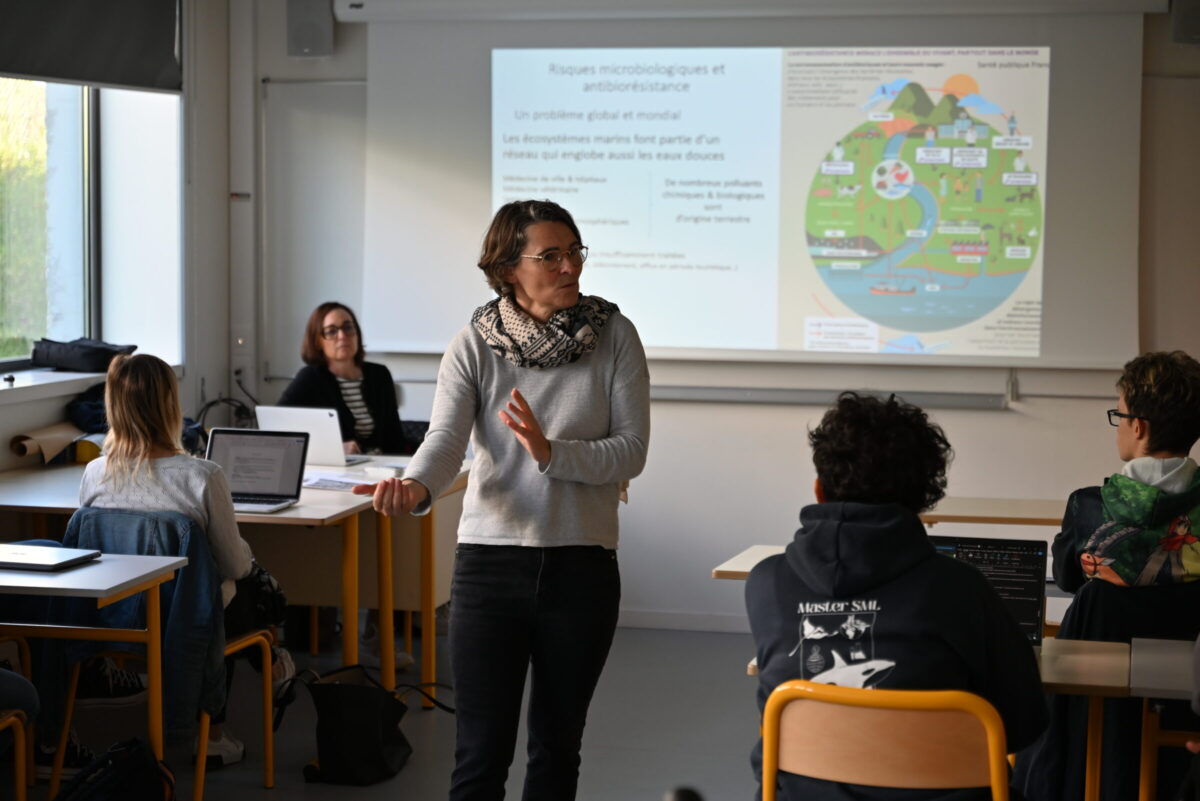
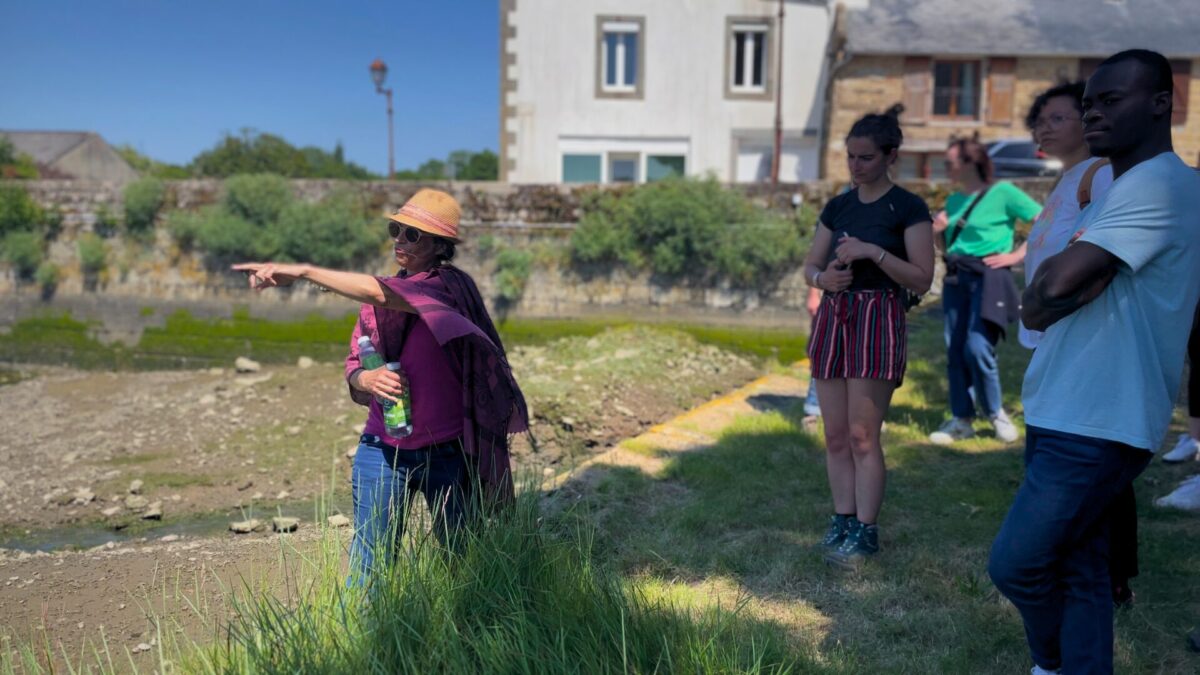
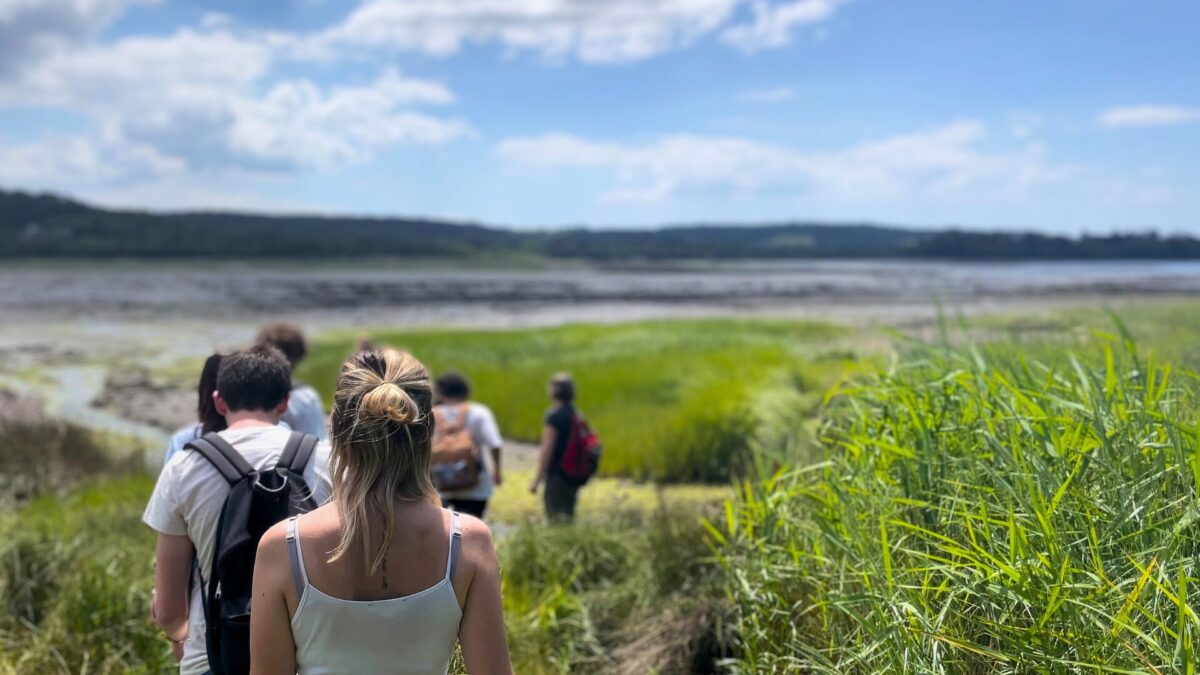
Supervisors:
- Gwenaëlle Le Blay – LEMAR / UBO
- Stéphanie Madec – LEMAR / UBO
 Attention, vous utilisez un navigateur peu sûr !
Attention, vous utilisez un navigateur peu sûr !